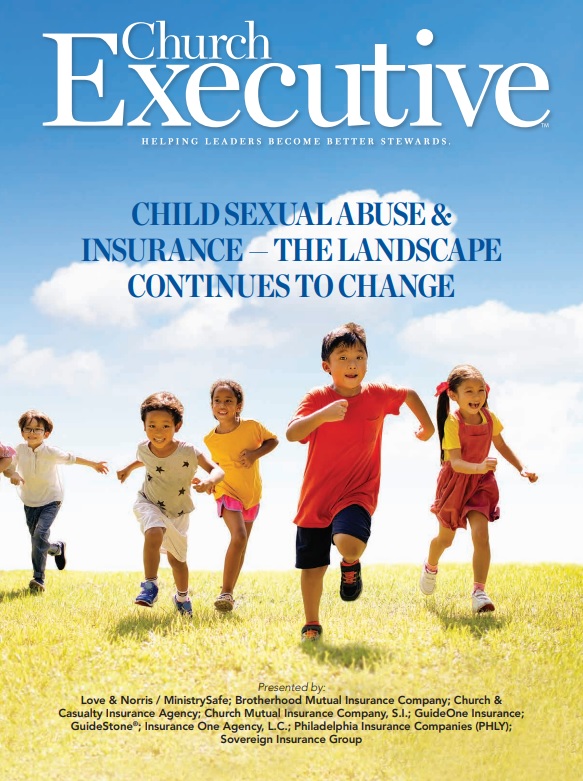
Working with more than 6,700 southwestern US houses of worship, we’ve unfortunately seen many church sexual abuse cases in our 38 years in business at Church & Casualty Insurance Agency [ www.ccia.com ].

President
Church & Casualty Insurance Agency
The coverage and risk management landscape surrounding sexual abuse has changed greatly over the years, and I’d like to address four key areas to be aware of in 2021 and moving forward.
#1: Coverage limits down. Risk management requirements up.
Sexual abuse coverage limits in excess of $10 million are extremely rare to obtain these days. Insurance carriers are also ramping up their risk management requirements for requested coverage limits of $1 million and higher.
Talk to your insurance consultant about the right limit for your church and if you have the risk management policies and procedures necessary.
When reviewing your limits, remember also that almost every carrier settles sexual abuse claims on an “each claim” basis. This discussion has nothing to do with claims made versus occurrence coverage. This “each claim” means that one perpetrator, or two working in collusion together, equals ONE claim, regardless of the total number of victims. Your sexual abuse coverage limit is going to be the total limit for ALL victims of the perpetrator, combined.
#2: A known registered sexual offender is attending our church.
Many insurance carriers will exclude a known registered sexual offender by name from sexual abuse coverage. Again, this is someone known by your church. The reality is that an unknown registered sex offender could presently be attending your church. Now is the time to plan for when he or she becomes known.
You should have a written policy in place that details if you first will allow this person on your campus. If you will, your policy should include an on-campus escort, not allowing him or her in positions of leadership, and of course, not allowing them around youth. Seek out your insurance consultant or carrier for what this policy should specifically include.
#3: Training, training, training

Background and personal reference checks alone are not sufficient protection against sexual predators. Keep in mind that Jerry Sandusky of Penn State University would have passed a criminal background check the day before he was arrested.
While background checks should be required and those boxes need to be checked, the training you provide your staff and volunteers is the most essential ingredient to protection of church youth. The majority of church sexual abuse claims we have seen over the years are a result of lack of training. Do you have a training program that all staff and youth volunteers must complete? Does it include how to spot “groomers”? It needs to!
Continue the background and personal reference checks; but for the sake of your youth, please invest in the most comprehensive, online sexual abuse prevention training you can. Seek advice from your insurance consultant.
#4: Where there is smoke, there is usually fire.
Let’s say you are made aware of a potential sexual abuse situation involving your church. Maybe the alleged victim hasn’t come forward and/or maybe the alleged perpetrator worked or served at your church many years ago and is no longer around. What do you do?
Report it to your insurance carrier.
If the situation evolves into a claim, the sooner the carrier knows about it, the better for all involved. If nothing comes of it, most carriers will note it as a “notice only” claim, and it should not count against your claims history.
Likely one of the worst things a church can do is to be non-responsive in these types of situations.


